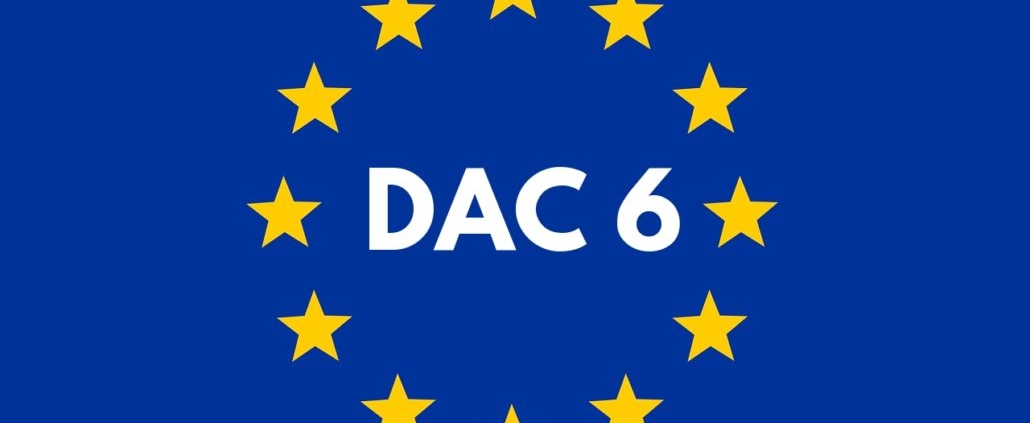A cross-border arrangement becomes reportable under DAC6 only if certain characteristics or features are present, referred to as ‘hallmarks. Some hallmarks are linked to the Main Benefit test which means that certain hallmarks only make an arrangement reportable if it passes the Main Benefit test.
Main Benefit test
The Main Benefit test, is fulfilled if it is reasonable to conclude that the main benefit or one of the main benefits of an arrangement is obtaining a tax advantage.
The hallmarks are divided in 5 categories as follows:
Category A: generic hallmarks linked to the Main Benefit test;
Category B: specific hallmarks linked to the Main Benefit test;
Category C: specific hallmarks related to cross-border transactions (some linked to the Main Benefit test);
Category D: specific hallmarks concerning automatic exchange of information and beneficial ownership; and
Category E: specific hallmarks concerning transfer pricing.
Category A: Generic hallmarks linked to the Main Benefit test
- A.1 An arrangement where a taxpayer or participant is obligated not to disclose how an arrangement can secure a tax advantage
- A.2 Performance-based remunerations for the intermediary that depends on the realization of a tax benefit or the amount of tax advantage realized from the arrangement
- A.3 Standardized documentation/structure allowing market-ready implementation for more than one (other third) taxpayer without any essential adjustments
Category B: Specific hallmarks linked to Main Benefit test
- B.1Acquiring a loss-making company in a series of steps planned to end the main business activity and use the losses to reduce taxes, such as by a cross-border transfer to another jurisdiction or by the acceleration of the use of those losses
- B.2Conversion of income into capital resulting in revenue being converted into lower-taxed income or a tax exemption
- B.3An artificial transaction between companies in a group, or under single control, the purpose of which is to inflate the turnover of one or more of the companies.
Category C: Specific hallmarks related to cross-border transactions (some linked to Main Benefit test)
- C.1Deductible payments between two or more related parties (≥25% group ownership in associated enterprises), including at least one of the following conditions:
- C.1a: the recipient has no tax residency in any jurisdiction
- C.1b: The recipient is a tax resident in a jurisdiction with zero or near zero corporate tax rate
- C.1c: the recipient is a tax resident in a black-listed third-country jurisdiction that is considered non-cooperative by the EU or OECD
- C.1d: the payment benefits from a full exemption in the jurisdiction where the recipient resides for tax purposes
- C.1e:The payment benefits from a preferential tax regime where the recipient is resident
C.2 Multiple depreciation regarding deductions for the same asset depreciation are effectively claimed in more than one jurisdiction
- C.3Multiple relief from double taxation regarding the same income item or capital claimed in more than one jurisdiction
- C.4Significant valuation differences regarding a transfer of assets
Category D: Specific hallmarks about the automatic exchange of information / beneficial ownership
- D.1Undermining of reporting obligations under EU legislation on automatic exchange of financial account information
- D.2Non-transparent legal or beneficial ownership chains using persons, legal arrangements or structures that (a) do not carry on a substantive economic activity nor substance, (b) are incorporated, managed, resident controlled or established in any jurisdiction of residence of one or more of the beneficial owners of the assets held, and (c) where beneficial owners within the meaning of Directive (EU) 2015/849 are unidentifiable.
Category E: Specific hallmarks concerning Transfer Pricing
- E.1Unilateral safe harbor rules that would exempt taxpayers from certain transfer pricing obligations
- E.2Arrangements involving intangibles or rights in intangibles where no reliable comparable exist at the time of transfer, therefore it is hard to predict their worth
- E.3Intragroup cross-border transfer of functions/risks/assets resulting in a decrease of EBIT of ≥ 50% during the first three years post-transfer (compared to the situation of no transfer)



